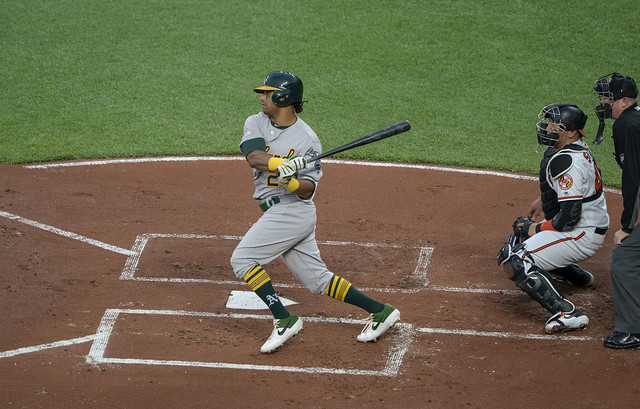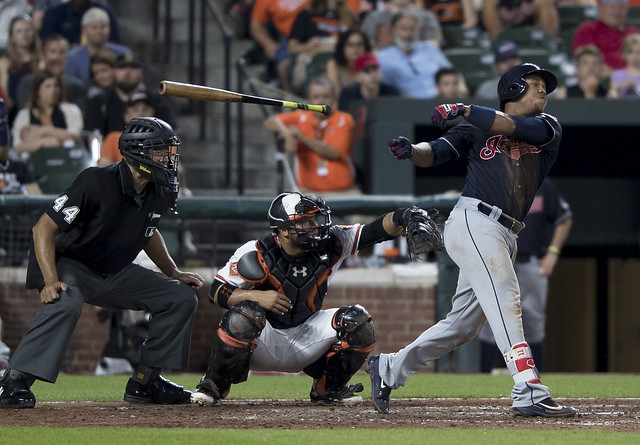Cubs Nick Castellanos from the Tigers
Having already bolstered their bench with super-utilityman Tony Kemp, the Cubs have added a more substantial bat in the form of right fielder Nicholas Castellanos, a pending free agent who has spent his entire career with the Tigers. The 27-year-old righty swinger heads from the Motor City to the Windy City in exchange for a pair of right-handed pitching prospects.
Cubs get:
OF Nicholas Castellanos
Tigers get:
RHP Alex Lange
RHP Paul Richan
A supplemental first-round pick in the 2010 draft out of a Florida high school, Castellanos spent the bulk of his first four full major league seasons (2014-17) playing third base — and badly at that (-25.8 UZR, -64 DRS). During that time, he hit for a modest 104 wRC+ in 2,304 plate appearances, good for just 4.8 WAR. The bulk of that value arrived in the last two of those years, as he began to hit for more power and trimmed his strikeout rate. He bopped a career-high 26 homers in 2017, the same year that he took up playing right field in September, two months after J.D. Martinez was traded to the Diamondbacks. Though he hit only 23 homers last year, he set across-the-board career highs in all three slash stats (.298/.354/.500) as well as wRC+ (130) and WAR (3.0).
Castellanos has been unable to match that performance this year, hitting .273/.328/.462 for a 106 wRC+ with just 11 homers in 439 PA. His average exit velocity has dropped from 89.6 mph to 88.3, and his xwOBA, too, from .377 to .335. He has chased pitches out of the zone like never before (a career-high 41.2% O-Swing%), and while he continues to crush fastballs (as Devan Fink noted last week), he has been vulnerable to changeups outside the zone and has experienced a spike in popups on such pitches; where he hit for a career-best 167 wRC+ against changeups last year, he’s back down to 117 this year, though he has cut his swinging strike rate on them by more than half (from 21.8% to 10.2%). He has struggled against sliders, whiffing on them 22.6% of the time, and hitting for just a 74 wRC+ against them. Pitchers have noticed; changeups and sliders have accounted for 36.3% of the pitches he’s seen, up from about 28-32% from 2016-18. Read the rest of this entry »


 Jay Jaffe
Jay Jaffe